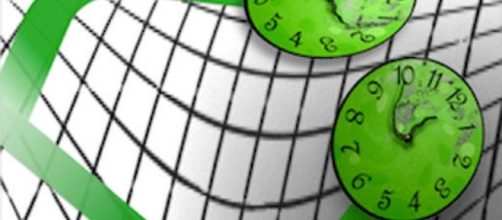Albert Einstein’s theory of relativity is to date the most accurate description of the physics that govern the universe. The description of gravity, space and time in geometric terms have been proving to be true; however, there is still physical phenomena that remain hidden man´s understanding and that General Relativity has not been able to give a conclusive answer. That is the case in relation to two leading theories of physics; general relativity and Quantum mechanics, which separately give descriptions on the large and small scale respectively; however, they have not been able to be unified.
The theory of general relativity (GR)
This is a description of the geometry of the universe in relation to space and time. According to GR, the mass and energy of planets, stars and other astronomical bodies distorts space and the passage of time. On earth and its vicinity; gravity is the effect of space-time being distorted by the masses of the two bodies. The theory predicts that time occurs slower on a massive object, like the earth than at a distance from it. This has been verified in the twin paradox thought experiment where one person travels to space and returns years later, only to find that his twin on earth has aged more than him.
Utilising the superposition principle
Scientists intend to utilise the property of a quantum particle to acquired more than one quantum state (superposition) as opposed to an ordinary object that can only have a well-defined and measurable property.
This permits a particle to show wave-like characteristics (interference). In a superposition state, a particle can be excited, non-excited or both, but when one measures either of these two states, only one state is shown. One cannot obtain both types of quantum information at the same time.
The experiment of superposition
The experiment consists of a single particle which is in a quantum superposition in two distinct locations; one on the earth and the other some distance away from it. Based on general relativity, a clock pulses distinctly when placed apart in space. When measuring the time of one clock, it would reveal its location and the wave-like nature of the clock would be lost. It is the twin paradox for a quantum orphan child.
This is what makes the experiment interesting; that the interplay between the two theories; general relativity and quantum mechanics is needed to test the relativistic notion of time against quantum complementarity.

